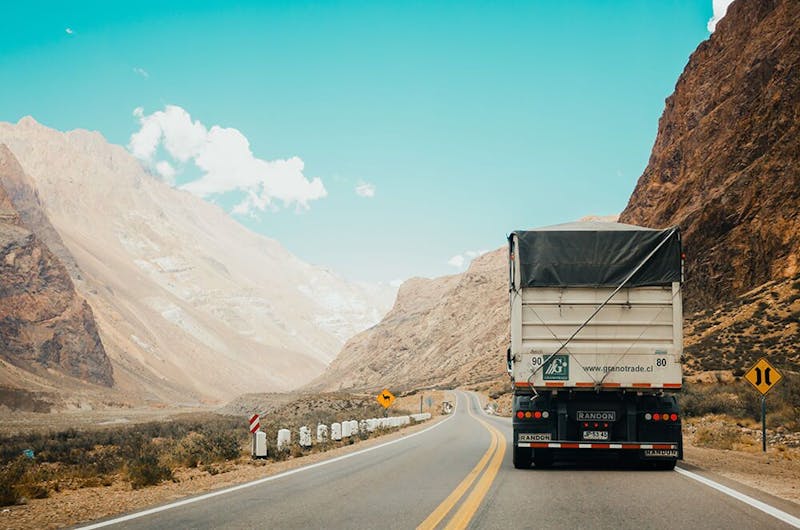
To properly haul goods and services across the country, 18-wheeler trucks are often necessary. While these trips benefit the economy, businesses, and consumers, everything can change in a split second when an accident happens.
While there is always the chance for a large truck to get into an accident, work zones create special challenges for drivers in tractor-trailers and 18-wheelers. The challenges often have to do with space restriction. When road work is in progress on multi-lane highways, the crew may have to reduce the number of lanes for drivers. Vehicle occupants in smaller cars are at serious risk of injury or death in the event of an accident with an 18-wheeler.
For example, in September 2019 in Arkansas, a large truck was speeding northbound through a work zone in the afternoon on Interstate 530 when it collided with a passenger car. Two other passenger vehicles traveling in the same direction were also struck. As a result of the collision, three of the four vehicles caught on fire. Almost everyone involved was injured, and one person died.
There are a number of reasons why large 18-wheeler trucks are dangerous when driving through work zones. The majority of factors have to do with the sheer size of most tractor-trailers. As a driver, it’s important to understand the unique dangers trucks present, especially when you’re driving near them in construction areas.
The Difference Between Cars and Large Trucks
The average mid-sized car is approximately 15 feet long. The compact nature of most passenger vehicles means they can maneuver quickly if necessary, and fewer considerations need to be taken when going around curves or taking turns. With an 18-wheeler, however, the cab and trailer could be 70 to 80 feet or longer. Because of this, turns or curves can be challenging, especially as lanes narrow in work zones.
In addition to the extended length, tractor-trailers are significantly heavier. The average vehicle weighs less than 3,000 pounds. An 18-wheeler, however, weighs around 80,000 pounds. The significant weight difference is a contributing factor to the severity of injuries in the event of a crash.
Because of its size, a commercial vehicle needs more time to stop. While traveling 55 miles per hour, which is the average speed in work zones, a standard passenger vehicle needs approximately 200 feet to come to a complete stop. A large truck, however, needs almost 400 feet of space. This is why rear-end and head-on collisions are the most common types of accident in work zones.
Work Zone Crashes Involving Tractor-Trailers
According to the Federal Highway Administration, nearly 30% of all work zone crashes involve large trucks. Over the last five years, the number of people killed in work zone accidents involving tractor-trailers has increased. It’s estimated that over 1,000 fatalities and 18,000 injuries in that time span were the results of a truck accident in a work zone.
While you may think crashes like that would be more likely to occur in the dark, this isn’t the case. In fact, 65% of fatal work zone collisions involving 18-wheelers occur during the day. In addition to that, six times as many fatal work zone wrecks involving semis occur Monday through Friday.
In regard to where these accidents take place, approximately 60% take place on divided roads. Over 70% occur on level roadways, and nearly 90% happen on straight roads.
Preventing 18-Wheeler Accidents in Work Zones
In order to reduce the injuries and fatalities, there are multiple programs in place at different levels. For example, the National Highway Work Zone Program is in place to enhance the safety and operational efficiency of highway work zones for all motorists and pedestrians. In Arkansas, the Policy for Work Zone Safety and Mobility was also put in place to reduce the number of work zone crashes.
Even with state and federal initiatives and following proper safety protocols, 18-wheeler accidents still happen in work zones. For the victims in smaller vehicles, the injuries they sustain could be catastrophic or fatal. If you’ve been injured in a work zone accident you believe resulted from someone else’s negligence, you have the right to take legal action.
Filing a personal injury claim can take time, which is why it’s important to get in touch with an attorney as soon as possible. When you work with McMath Woods P.A., we’ll provide you with the legal guidance and representation you need to fully recovery from your injuries. To learn more or to get started with your claim, contact our office today.

